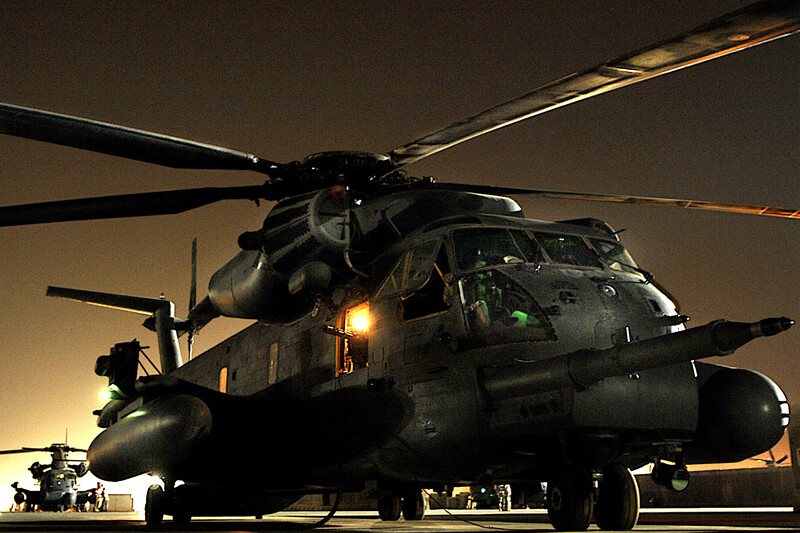
The MH-53 Pave Low is a military helicopter that was primarily used by the United States Air Force (USAF) for special operations and combat search and rescue missions. It was specifically designed to operate in challenging environments, including adverse weather conditions and hostile territories. Here are some key features and capabilities of the MH-53 Pave Low:
- Combat Search and Rescue (CSAR): The MH-53 Pave Low was specifically equipped and trained for combat search and rescue missions. It could locate and extract personnel in hostile environments, often behind enemy lines or in difficult terrain.
- Night Vision Capabilities: The Pave Low was equipped with advanced night vision and infrared systems, allowing it to conduct operations during nighttime or low-light conditions. This capability was crucial for covert or nighttime rescue missions.
- Terrain-Following and Terrain-Avoidance Systems: The MH-53 Pave Low featured sophisticated terrain-following and terrain-avoidance radar systems. These technologies enabled the helicopter to fly at low altitudes, closely following the contours of the terrain and avoiding obstacles.
- Defensive Systems: The Pave Low was equipped with various defensive systems, including radar warning receivers, chaff, and flare dispensers to detect and counter threats such as surface-to-air missiles and enemy aircraft.
- Long-Range and Heavy-Lift Capabilities: The MH-53 Pave Low had extended range capabilities, enabling it to conduct long-range missions and reach remote locations. It also had a large cargo capacity, allowing it to transport personnel, equipment, and supplies.
- Communication and Navigation Systems: The Pave Low featured advanced communication and navigation systems, including secure communication links for coordination with ground forces and other aircraft.
The MH-53 Pave Low played a crucial role in a wide range of missions, including humanitarian aid, disaster response, and special operations. Its unique capabilities and robust design made it well-suited for challenging environments, earning it a reputation as a helicopter built to save lives.
Those two lines come from a running cadence for the U.S. Air Force Pararescue Jumpers (“PJs”), part of the elite USAF Special Tactics Teams (STTs) of Air Force Special Operations Command (AFSOC), which provides the U.S. Air Force’s counterparts to U.S. Army Special Forces (AKA “The Green Berets”), Navy SEALs, and Recon Marines.
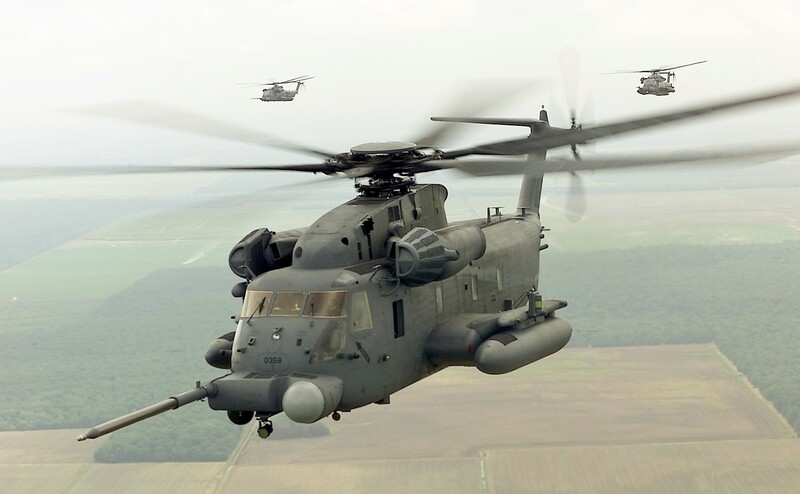
The “Jolly Green” referenced therein is not the Green Giant food company but rather the helicopter that served faithfully for so many years in transporting the PJs (and other SpecOps types) to the battlefield: the MH-53 Pave Low.
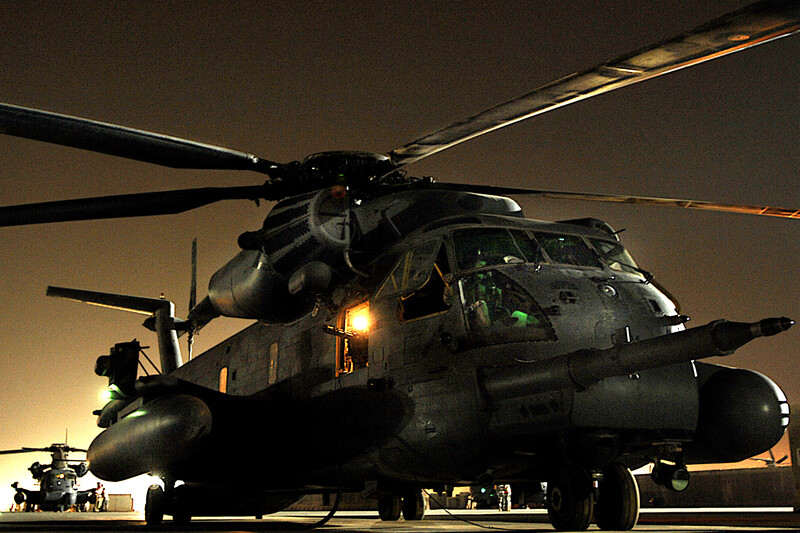
MH-53 Pave Low History and Specifications
AFSOC’s Mission Statement and accompanying motto reads as follows: “Provide our Nation’s specialized airpower, capable across the spectrum of conflict … Any Place, Any Time, Anywhere.” As I’ve said before, whilst the AC-130 “Spectre” gunship is AFSOC’s primary tool for taking lives; up until her retirement in September 2008, the MH-53 Pave Low helicopter for AFSOC’s primary airframe for saving lives.
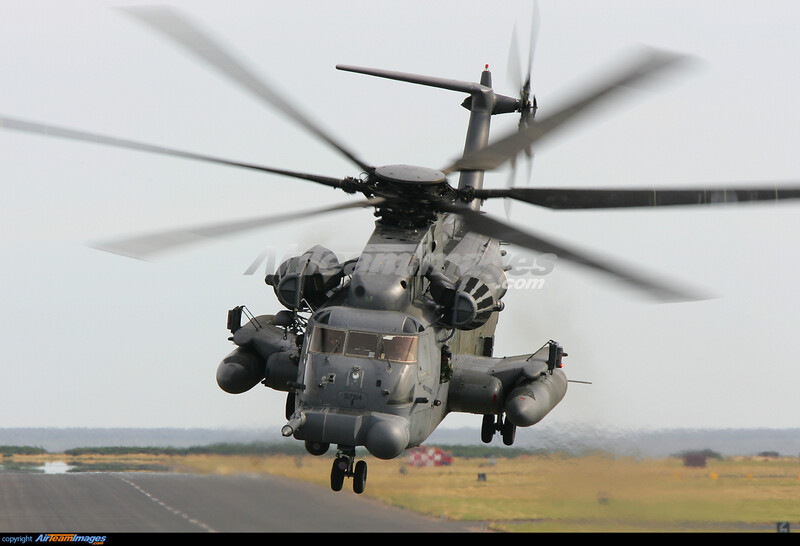
As noted by the National Museum of the United States Air Force info page, “The MH-53 helicopters were originally HH-53 ‘Super Jolly Green Giants’ used by the U.S. Air Force in the Southeast Asia ധąɾ. Over the years, however, they received many upgrades and improvements.
After the 1960s, they were completely re-skinned and had their engines and rotors replaced. Along with these improvements came a new designation, MH-53 (‘M’ for Multi-mission and ‘H’ for helicopter).” The HH-53 had made her maiden flight on 15 March 1967, in turn replacing the Sikorsky HH-3E Jolly Green Giant, which had debuted in 1959.
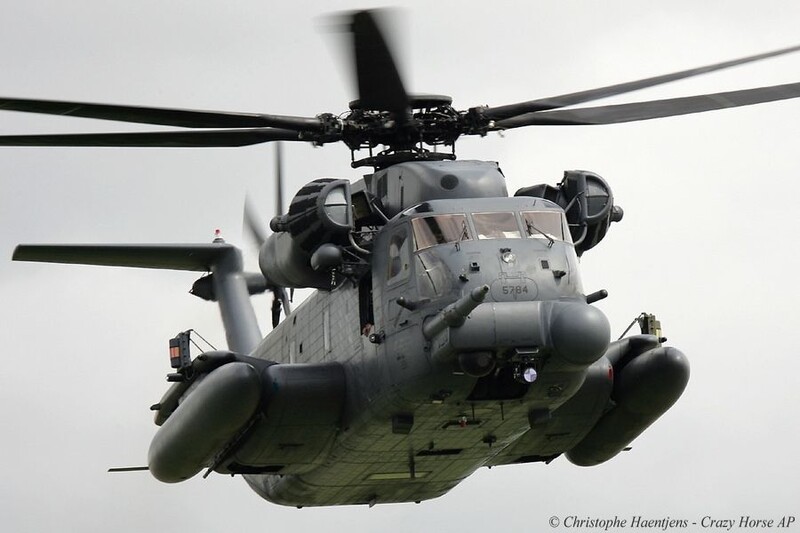
All of these whirlybirds were built by Sikorsky Aircraft – now part of Lockheed Martin – one of the giants in the chopper-building industry since 1923, named after Russian-American aviation pioneer Igor Sikorsky.
Chief amongst the “improvements” with the MH-53 edition alluded to in the previous paragraph was the Pave Low program – hence the moniker — which modified the choppers for operating at night and/or during inclement weather; the enhancement package forward-looking infrared (FLIR) sensors, inertial global positioning systems (GPS), Doppler radar navigation systems, and terrain-following and terrain-avoidance radar. These features made it feasible MH-53 could fly clandestine, low-level missions 24/7 no matter the weather conditions.

Lifesaving mission focus aside, the Pave Low also equipped with tools – as in 7.62x51mm NATO M134 miniguns and/or Browning M2 “Ma Deuce” .50 caliber machine guns — for taking the lives of any bad guys attempting to interfere with Pave Low crews’ Combat Search and Rescue (CSAR) mission of saving the lives of downed good guy aircrews.
The Pave Low carried a 6-person crew, consisting of a pilot, co-pilot, two flight engineers, and two enlisted aerial gunners. Fuselage length was 88 feet, height was 25 feet, and rotary diameter was 72 feet.
The warbird had a max airspeed of 165 mph (at sea level), with a 16,000-foot ceiling and a maximum range of 690 miles, powered by two General Electric T64-GE-100 engines with 4,330 shaft hp per engine.
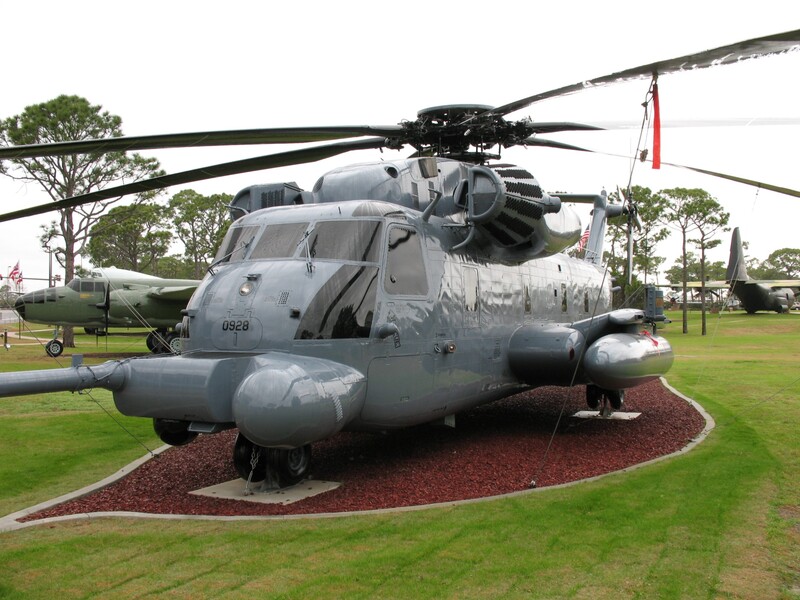
A3 (ANY PLACE, ANY TIME, ANYWHERE, INDEED)
The laundry list of the feats of derring-do performed by Pave Low crews: they led the way on the very first airstrike mission into Iraq during Operation Desert Storm in 1991 (and replicated the feat 12 years later during Operation Iraqi Freedom); rescued a downed USN F-14 Tomcat crew during that same conflict; led the successful rescue missions for both U.S. pilots shot down in Serbia in 1999; conducted the longest-ever helicopter rescues at sea in the North Atlantic in 1989 and 2002, and many a daring mission during the Global ധąɾ on Terror (GWOT).
For a detailed description of a typical high-intensity Pave Low/AFSOC training mission, former Newsweek Pentagon correspondent Douglas C. Waller devotes an entire chapter to the subject in his 1995 book The Commandos: The Inside Story of America’s Secret Soldiers.
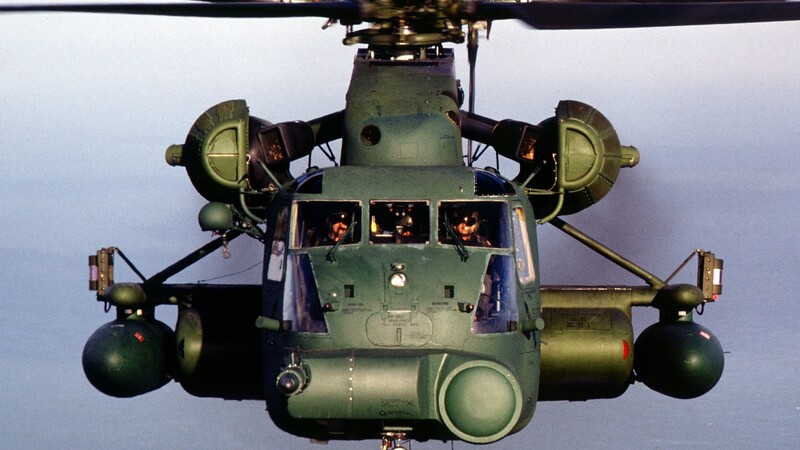
WHERE ARE THEY NOW?
72 of these remarkable aircraft were built from 1967 to 1970. The Pave Low made her final combat flight on 27 September 2008; more specifically, the honors were done by an MH-53M Pave Low IV, serial number 68-8284, callsign “Cowboy 26,” assigned to the 20th Expeditionary Special Operations Squadron (SOS), flown by Major Philip Cooper, Captain Peter Hettinger, and Colonel Scott Howell, with additional crewdog duties performed by Technical Sergeant Henry Woodie, Staff Sergeant Shawn Lewis, Senior Airman Eric Harp, and Airman 1st Class Joshua Lucas.
The MH-53 was replaced by the CV-22 Osprey tilt-rotor aircraft. At least nine Pave Lows have been preserved as museum static displays; besides the aforementioned National Museum of the U.S. Air Force, some other examples include the Hill Aerospace Museum at Hill AFB, Utah, and the Air Force Armament Museum at Eglin AFB, Florida.





